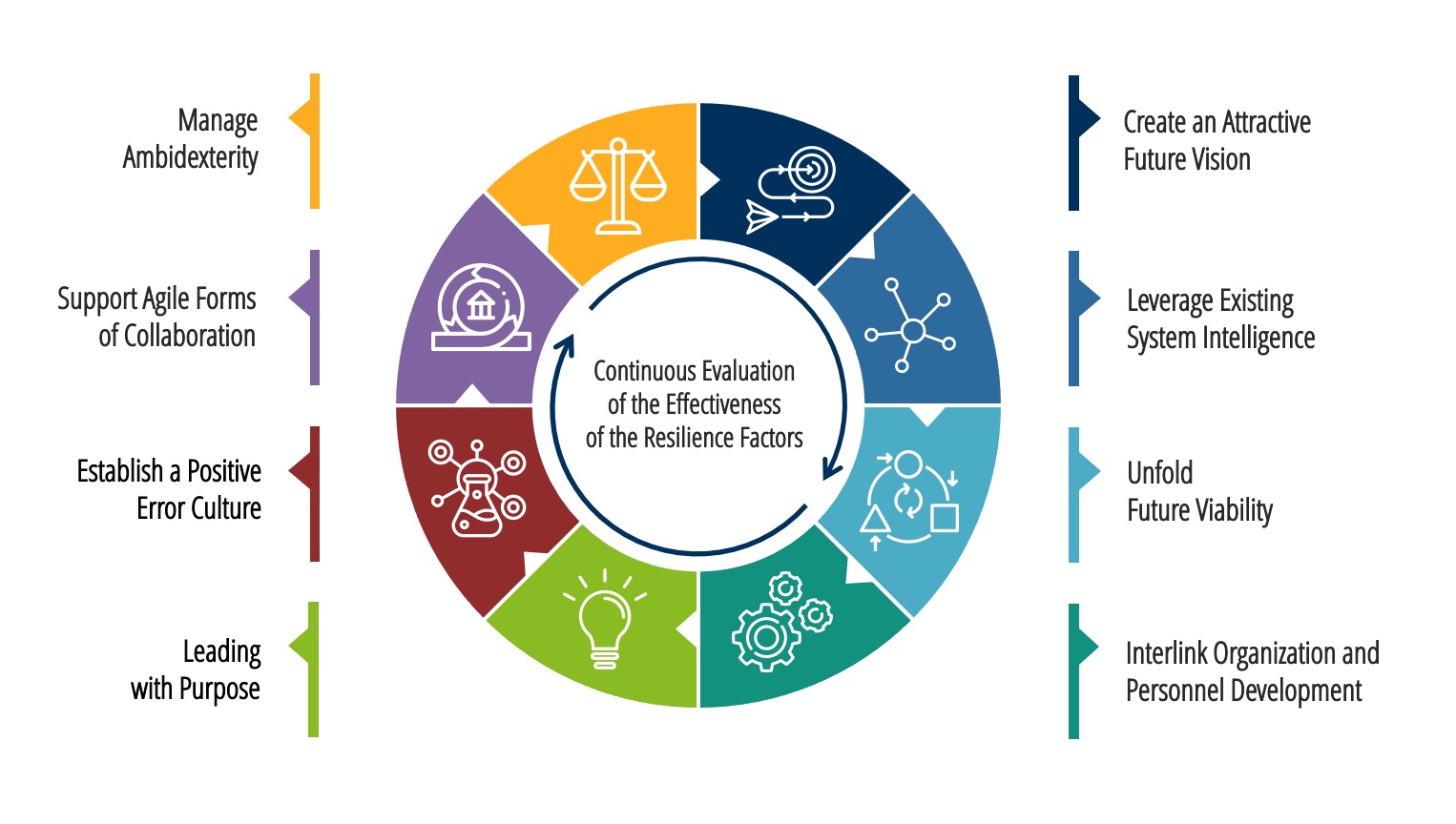Crafting a Resilient Business Model: Strategies for Middle-Income Entrepreneurs

Resilient Business Model
Middle-income entrepreneurs often face unique challenges and opportunities when it comes to building and sustaining a business. Crafting a resilient business model tailored to the needs of this demographic requires strategic thinking and innovative approaches. In this article, we explore key strategies for middle-income entrepreneurs to create a sustainable and successful business model.

I. Understanding the Middle-Income Landscape
Navigating the Economic Terrain
Middle-income individuals typically have a moderate level of financial resources, and understanding their needs and preferences is crucial. Entrepreneurs targeting this demographic should conduct thorough market research to identify gaps, preferences, and potential pain points. This foundational understanding will inform the development of a business model that resonates with the middle-income consumer.
II. Cost-Efficiency and Smart Investments
Optimizing Resources for Long-Term Viability
One of the cornerstones of a successful business model for middle-income entrepreneurs is cost-efficiency. Balancing quality with affordability is key. Smart investments in technology, streamlined processes, and efficient supply chain management can help businesses offer competitive prices without compromising on value. This approach not only attracts middle-income customers but also ensures long-term financial viability.
III. Resilient Business Model : Diversification and Multiple Revenue Streams
Reducing Dependency and Enhancing Stability
Middle-income entrepreneurs should explore diversification as a means of enhancing business stability. Relying on a single product or service may expose a business to unnecessary risks. By diversifying offerings or establishing multiple revenue streams, entrepreneurs can mitigate the impact of market fluctuations and ensure a consistent income flow.
IV. Customer-Centric Approach: Building Relationships, Not Just Transactions
Fostering Loyalty through Personalized Experiences
In the middle-income bracket, where customers often seek value for money, building lasting relationships is crucial. Adopting a customer-centric approach involves going beyond transactional interactions. Entrepreneurs should focus on understanding their customers’ needs and preferences, providing personalized experiences, and actively seeking feedback. This fosters loyalty and encourages repeat business.
V. Technology Integration for Efficiency and Reach
Harnessing Digital Tools for Market Penetration
In today’s digital age, technology plays a pivotal role in business success. Middle-income entrepreneurs should leverage digital tools to enhance operational efficiency and expand market reach. Whether through e-commerce platforms, social media marketing, or customer relationship management systems, technology can level the playing field and provide a competitive edge.
VI. Community Engagement and Local Focus
Building Trust through Community Connection
Middle-income businesses can benefit from strong community engagement. Localized marketing efforts, community events, and partnerships with other local businesses build trust and a sense of connection. This not only strengthens the brand within the community but also enhances customer loyalty, a valuable asset for sustainable business growth.
VII. Financial Literacy and Prudent Management
Empowering Entrepreneurs through Financial Acumen
Middle-income entrepreneurs should prioritize financial literacy to make informed decisions about their business. Understanding cash flow, budgeting, and effective financial management are essential skills. Seeking professional advice when needed ensures that the business remains financially healthy and can weather economic uncertainties.
VIII. Adaptability and Continuous Learning
Thriving Amidst Change and Challenges
The business landscape is dynamic, and middle-income entrepreneurs must be adaptable. Embracing change and continuously learning about market trends, customer preferences, and industry developments are critical. Businesses that stay agile and proactive are better positioned to navigate challenges and seize emerging opportunities.
Conclusion: Building a Sustainable Path to Success
Crafting a resilient business model for middle-income entrepreneurs requires a holistic approach that encompasses understanding the target market, optimizing costs, embracing technology, and fostering customer loyalty. By prioritizing cost-efficiency, diversification, customer-centricity, technology integration, community engagement, financial literacy, and adaptability, middle-income entrepreneurs can carve out a sustainable path to success in the competitive business landscape. Ultimately, the key is to create a business model that not only meets the needs of the middle-income consumer but also positions the entrepreneur for long-term growth and resilience.
Read More : Innovative Strategies for Business Success in the 21st Century







